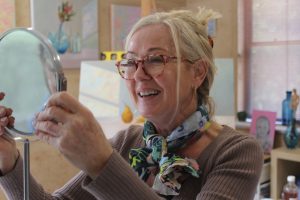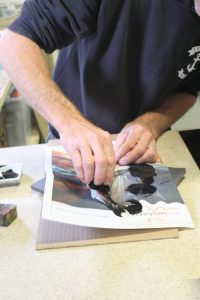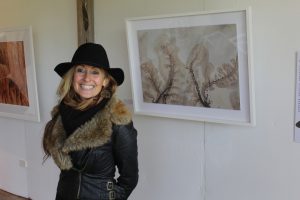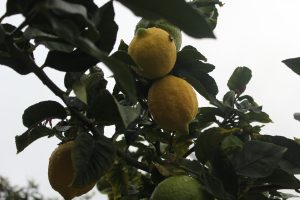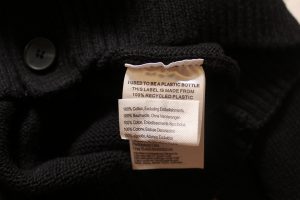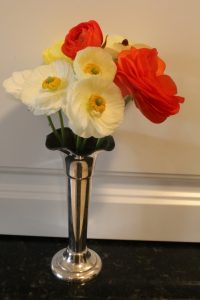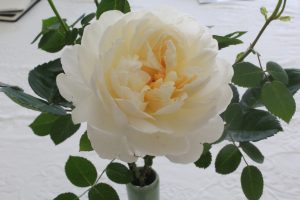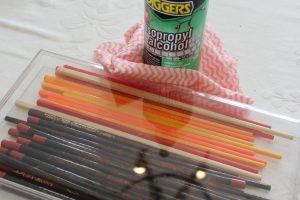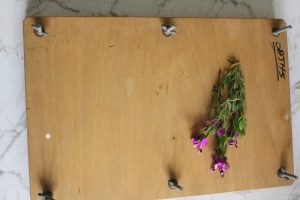WHAT TO DO IN BUSSELTON
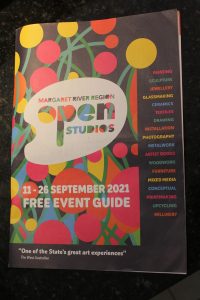

All the Open Studio information was online but I found the hard copy easier for us to plan our visits.
We love going Down South, the region beyond Bunbury along the south-western coast of Western Australia. Before setting off for our break last week we researched the artists we wanted to visit as part of the Margaret River Region Open Studios program. We found the guide’s recommendation to visit five to seven studios a day to be just right. The artists we visited were inspiring and we liked so many of the artworks we saw. I will be looking regularly to see if any of my favourites are offering workshops.


We stayed at a resort in Busselton. Once a sleepy little town famous for its 1,840m long wooden piled jetty, built in 1865, Busselton is now a vibrant and exciting place to visit. It spreads along the Indian Ocean coastline. There’s lots to see and do at the jetty including traveling on the jetty train, visiting the Underwater Observatory and the Interpretive Centre and Museum, going on Undersea Walks, enjoying a canoe tour and other seasonal activities.
Nearby the Cape Naturaliste Lighthouse is packed with information and a whale watching platform (I was thrilled to see a whale breach earlier this year). There is also the Tuart Forest National Park and Ngilgi Cave and so many vineyards,breweries, specialist coffee roasters and the Chocolate Factory. Plus, all the artists!
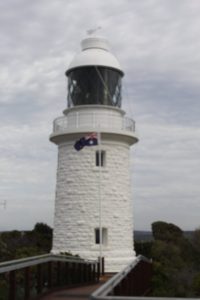

The City of Busselton Council has just announced the development of a $38 million dollar Performing Arts and Convention Centre. The multi functional building will be integrated within existing art venues, between the foreshore and the town. The Council intends to promote Busselton as the events capital of Western Australia.


EATING IN BUSSELTON
The biggest change we noticed in Busselton was the food available. The restaurants and cafes offer such a diverse range of high quality and innovative food. The availability of beautiful local seafood was apparent .(Export markets have diminished due to CV-19) We ate great lunches and even went out for dinner one night but the other nights we resorted to our usual ‘bed’ picnics, not actually eaten in bed! These fairly light meals usually involve cold meat, cherry tomatoes, cheese, crackers and seasonal fruit in our accommodation.


Bistro Breton is a small bistro on the main street of Busselton. They offer typical Breton buckwheat (naturally gluten free) crepes and other French cuisine. We saw it mentioned online, made a lunch booking and are so glad we did as the food was very good. I had a Gratin de St Jacques, ( above) grilled scallops with a traditional Breton sauce. It was served with hand cut chips and salad leaves with a French vinaigrette. I’d return to Busselton just to eat this again! My husband had La Galette Saucisse, a traditional Breton sausage with onion fondue, potatoes, a French mustard sauce and salad leaves. He really enjoyed the rich flavours.


We wouldn’t normally have dessert at lunch but those on the menu were irresistible! I had La Tatin, a crepe with butter caramel sauce on apple, with chantilly cream and vanilla gelato. My husband had La Poire Belle-Helélène, poached pears, almonds, chantilly cream and vanilla gelato. Both delicious!
Followed by some good coffee and we were very pleased with our lunch and would recommend this bistro.


Dinner at Stilts, a casual venue with sea views, a pathway to our accommodation and great food! We shared three dishes. I really enjoyed the Scallop Tataki with XO sauce, avocado and a tapioca cracker and also the Kingfish creviche with hot sauce and grapefruit which was delicious!


The Grilled Octopus, with lemon myrtle, macadamia and garlic puree (above) was perfect! Also had shared a Boozy Coffee cake. Very rich but very nice!


Small but interesting menu, pleasant service, good wine list, great view so we’ll be back.


STAYING IN BUSSELTON
There is every sort of accommodation available, too, from quite modest through to quite grand. Depends on your budget but it is apparent many people are holidaying within the state as we can’t travel overseas at this time. So many places are booked up for months ahead. We booked some time ago. I like to hear the waves crashing at night and I was not disappointed. Our stay in Busselton coincided with stormy weather!
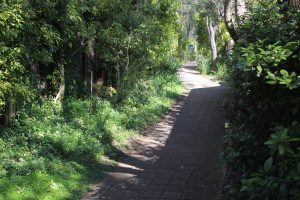





Cold and windy on the beach, but beautiful, too.
SHOPPING
Hadn’t considered Busselton as a shopping destination but I discovered all the shops I never go to as they are geographically nowhere near where we live! So, visited Aldi, K-Mart and Spotlight and was very pleased with my purchases. There’s also a number of art and craft supply shops and many independent traders. Worth a wander around.
Did you know? Busselton was named after a family of early settlers, the Bussells, who established a farm there in 1835. The settlement was gazetted as a town in 1847.
Today is International Coffee Day, so that’s easy to celebrate, isn’t it?



